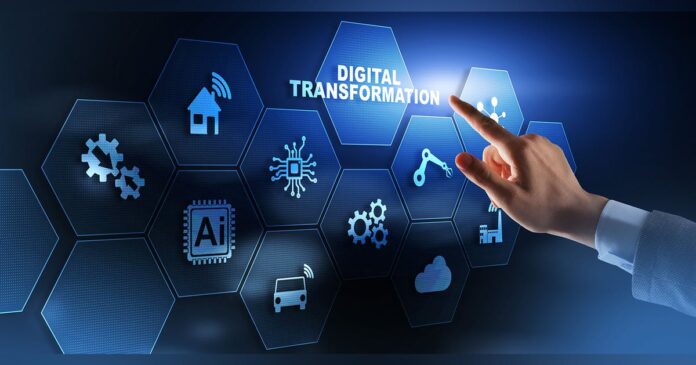India has embraced the digital drive. The 2022 budget has boosted the confidence of many in the field, as they look with hope at the government led digitization initiatives.
One of the special features of the 2022 Union Budget is that, it focuses on infrastructural development. Not just on physical but digitally too. For the proponents of digitization, this is a clear victory.
Just like electricity and railways were necessary for the socio-economic development of a community in the past ages, so is the internet in the present times. Especially in this post-pandemic world.
Most of the Indians are living in rural regions, which means a digital revolution requires developing a world-class digital infrastructure to support rural connectivity. Only then can the nation achieve inclusive and sustainable growth.
There are many state-level and national-level programs aimed in this direction. The KFON project and the Digital University of Kerala are examples of initiatives taken by the states for the digital revolution.
At the national-level PM unveiled the Digital India program on July 1, 2015. It helped broadband reach 750 million Indians, making India the highest user of the internet in the world. That has prepared the ground for the next stage of the digital revolution.
Digital India 2.0 will face a series of challenges, including strengthening of digital infrastructure, upskilling & re-skilling of workforce. India should also develop its digital applications to solve real-life problems in various sectors.
The budget addresses the digital challenges faced by India when it comes to the digital revolution.
It focuses especially on promoting broadband in all villages through service obligation fund, expediting rural optical fiber layout under Bharat Net, granting infrastructure status to data centers.
It also boosts 5G and supports domestic electronics manufacturing through duty concessions.
Other than setting up digital infrastructure, the government is also focusing on digital economic growth, with the launch of a series of new initiatives.
The DESH e-portal for upskilling the existing workforce and Digital University initiative will develop the field and workforce.
Another such initiative is the National Digital Health Platforms which comprises digital registries of health providers and health facilities. It also provides unique health identity and universal access to health facilities. This will improve the health infrastructure.
The initiative that will make India a star is digital finance. Already India is leading globally in this field.
That is why the government is boosting the spread of digital finance to the rural regions, accelerating online and offline digital payments and improving financial inclusion.
Digital Rupee is another initiative that will improve transparency and efficiency through blockchain technology. It will make India lead in the CBDC field, and this policy is a relief to cryptocurrency investors and traders.
If all of these policies are implemented effectively, then the share of the digital economy to Indian GDP will be $1tn, which will boost India’s march towards a $10tn economy.
Follow and connect with us on Facebook, LinkedIn & Twitter

